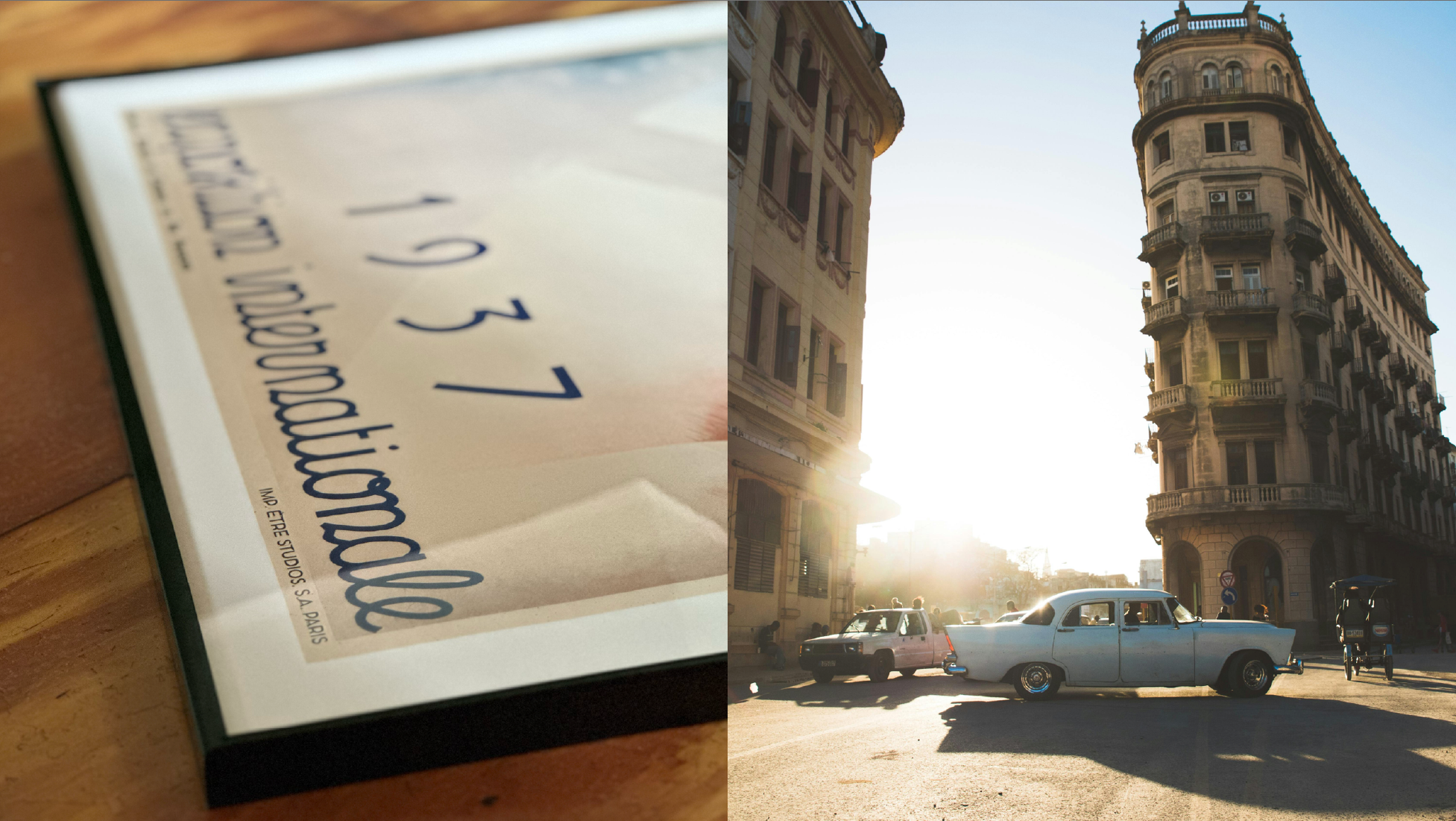I ordered the Kodiak Island poster from Êtres Studio and I absolutely love it! The print quality is excellent, the frame is beautiful, and it looks perfect in my living room. Shipping was fast and everything was packaged so carefully to keep it well protected during transport. Couldn’t be happier with this piece!
36x24 / Black Premium Oak
Really happy with the poster — the print quality and framing are both top-notch. Shipping took a little longer than advertised (based in Denmark), but it was worth the wait. You can tell this is a smaller studio putting real care into what they do. Already eyeing my next one though.
Glad I grabbed it on sale. I’ve seen similar first edition posters listed for way more, and some eBay sellers charge $100 just for shipping.
Second time ordering and just as impressed. Great quality, great vibe, and love that it’s a smaller studio — super responsive.
This is such a cool print. Haven't seen anything like this before, and the quality is amazing. Looks amazing in my home!
Very impressed with how it looks in apartment. Also such a cool design. Quality was amazing, worth the price imo
Fits amazing in my room, frame was great, quality was amazing. Satisfied my every need!
Such a cool design amazingly easy process. Came in 6 days after I ordered, comes frames, and took 1 minuted to hang up. Quality is great.
I’m glad I got it in the frame, it looks very professional. COLORS ARE PRISTINE!!! Black and ~dark tan~ colors look in my home, adds a bit of character.
Just got a small unframed poster and was exactly what I was looking for. As a new customer coming to a new store, was very impressed. Quality is amazing, curation is great. I left the package out for nights and looked a little beaten up, but the print stayed perfect.
The quality is amazing—super clear print, rich colors, and it looks even better in person. It came well-packaged and was super easy to hang. You can really tell it’s not some cheap poster, it feels like great quality and instantly added style to my space. I’ve already gotten compliments on it. Definitely recommend if you're looking to upgrade your walls with something special!
I ordered two art prints (the 'Gradually then all at once' and Evening in Paris / Bourjois' prints) and couldn’t be happier with how they turned out. Colors are great, frame is strong/high quality, and love the lightweight glass - can tell they put some effort into the production. Also there was an issue with shipping and I reached out to customer support and they responded with an updated ETA / tracking number same day, and even gave a 40% discount for the inconvenience
I ordered two art prints and couldn’t be happier with how they turned out. This Paris/Bourjois deco print I got is super cool, and really couldn't find anywhere (or from a spot I could trust). The colors are rich, the prints feel high quality, and the framing was clean and well-done. Both arrived ready to hang, which made things super easy and they instantly elevated the space. The whole experience felt personal and thoughtful, from the packaging to the customer service. Coming back again for gifts for xmas / birthdays.
I ordered the 'cigarette pleasure' print that they say they made in house, and I think its true. Love the work and can only find it here. Overall was a bit skeptical given this is a new store / lack of reviews, but really exceeded my expectations. The colors and detail are gorgeous and love the quote at the bottom. Good quality framing and easy to hang, and solid real glass (rather than plexi glass that other stores have that kind of ruin the quality, in my opinion). It looks amazing on my wall and really pulls the room together. Will come back again!
Really impressed by the quality. Very true to the photos online, and looks great on my wall. Will continue to shop here for by cabin in Mammoth come winter time.







































